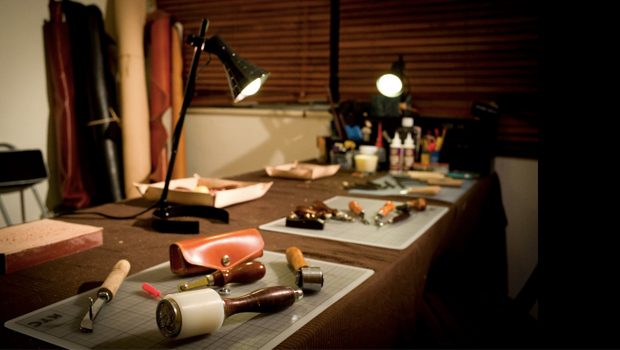We are wrapping up this article series on surviving a short or mid-length emergency while in an urban apartment or dorm. We’ve covered escaping the work place, water, food, skills, safety and security, and much more. Let’s get on with what else you need now.
Other Equipment and Supplies
There are a few other types of equipment and supplies that you should consider stocking as part of your urban preparations:
Medical Supplies
Stock up on medical supplies, such as bandages, gauze, medications, antibiotic ointments and antibiotics, along with books and training on how to use them. Note that medications will probably last a lot longer than the expiration date on the bottle indicates. There are a lot of good sources of information on medical preparations that can provide more detail. A common post-disaster issue will probably be diarrhea due to germs in the water and modified diets, so make sure to include a good supply of anti-diarrheal medications.
Continue reading“Surviving in an Urban Environment- Part 6, by J.M.”












